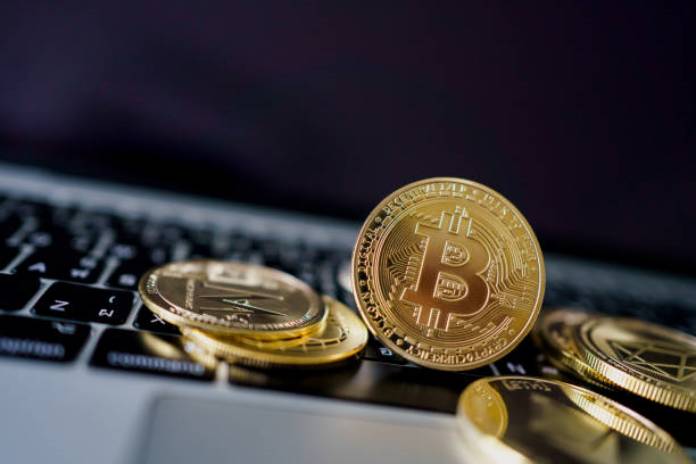Crypto Landscape: Retail-Driven with Institutional Appetite on the Rise

The journey towards institutional adoption has long been a target for cryptocurrency proponents, aiming to bring a new level of legitimacy to the asset class and potentially drive prices higher. The launch of several spot Bitcoin (BTC) exchange-traded funds (ETFs) in January marked a historic milestone for the sector, paving the way for wider adoption. However, a survey conducted by the Digital Assets Council of Financial Professionals (DCAFP) in December indicated that crypto adoption was already on the rise before the ETFs’ launch.
The survey, conducted in partnership with Franklin Templeton Digital Assets, revealed that 59% of financial professionals, including 78 financial advisors managing client portfolios, actively recommended crypto to clients. Notably, over 7% of advisors recommended crypto to all clients, while 29% recommended it to more than half of their clients. The majority of advisors (81%) suggested allocating 1% to 5% of assets to crypto, with a smaller fraction recommending higher allocations.
In terms of client holdings, 83% of financial advisors found that 10% to 49% of their clients invested in crypto, indicating a notable level of interest among investors. Furthermore, 41% of advisors not currently recommending crypto expressed plans to do so, with a significant portion intending to allocate to crypto within the year.
Despite the retail-driven nature of the market, institutions are showing a growing appetite for crypto assets, according to Mathew McDermot, head of digital assets at Goldman Sachs. McDermot highlighted the recent surge in institutional interest, attributing it to factors like the launch of spot BTC ETFs, which triggered a “psychological shift” in investor sentiment and could pave the way for the tokenization of assets.
McDermot emphasized the importance of regulatory clarity in facilitating institutional adoption, noting that the SEC’s approval of spot BTC ETFs marked a significant moment for the market, particularly in the U.S. He pointed out the growing volumes in CME Group’s derivatives marketplace as evidence of institutional interest.
Offering Bitcoin in ETF form has made it more accessible to the masses and removed barriers associated with storing and transacting with cryptocurrencies. McDermot highlighted the enhanced investment protection provided by ETFs, making them a more user-friendly option for institutional investors.
Looking ahead, Goldman Sachs is focused on developing proofs of concept around tokenization and leveraging blockchain technology to better serve clients interested in digital assets. McDermot envisions a “tokenization continuum,” starting with more traditional financial products like Treasuries and stablecoins before expanding to more complex markets like real estate private equity.
McDermot sees promise in blockchain technology, citing its potential to de-risk the market, improve operational efficiency, and enhance liquidity management. While crypto presents intriguing opportunities, he believes the underlying technology holds significant potential for transforming financial markets.
Featured Image: IstockPhoto @ Phira Phonruewiangphing



